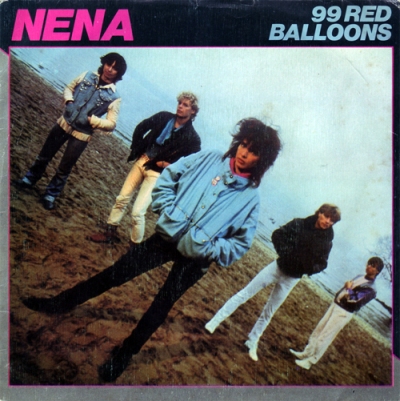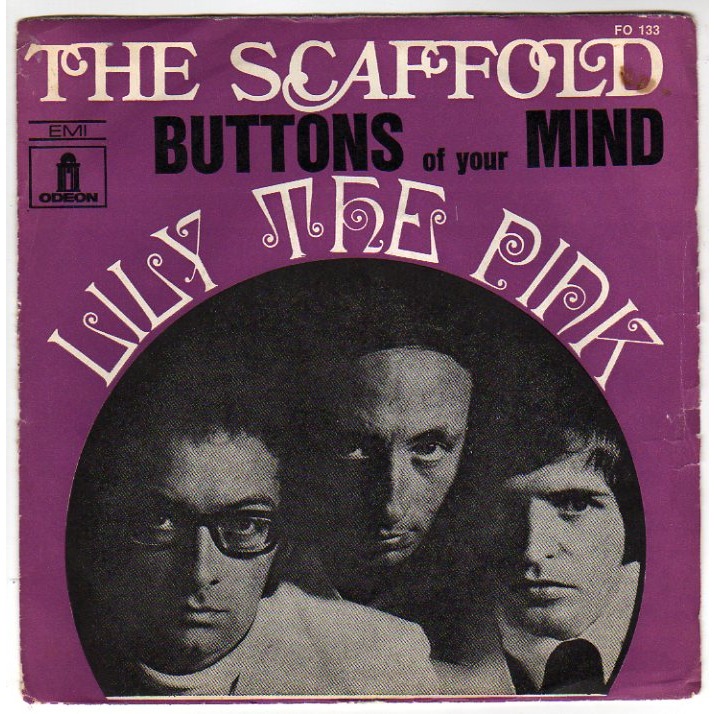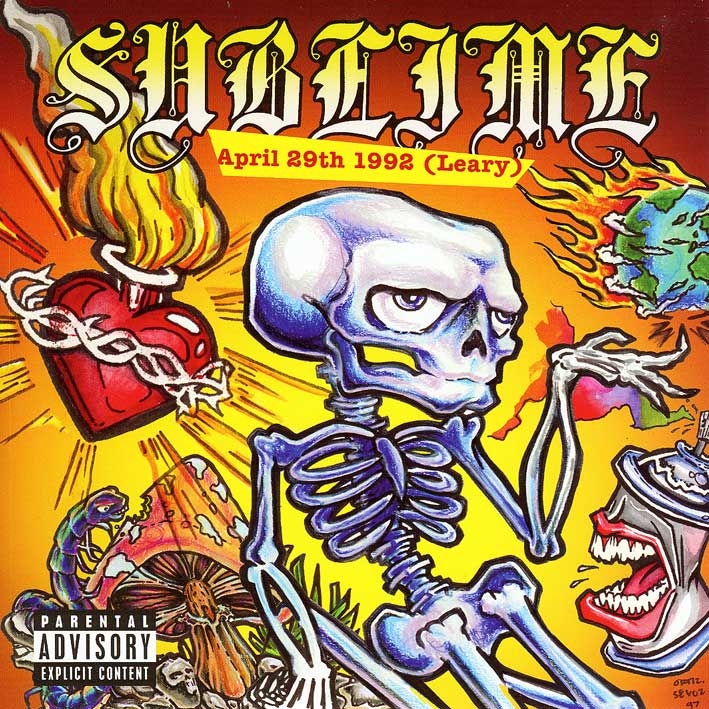As long as songs have been written and sung, they have been used to tell stories. From classical composers to modern day chart toppers, many have taken historical events as their inspiration. Take a look at this small collection of history-themed hits:
99 Red Balloons – Nena (1984)

“The war machine springs to life…Where ninety nine red balloons go by.”
Source: en.wikipedia.org
German band, Nena, recorded this as an anti-nuclear protest song. In 1982, as the world was in the throes of the Cold War, the band’s guitarist Carlo Karges watched balloons being released at a Rolling Stones concert in Capitalist West Berlin. As they drifted of into the distance, resembling strange spacecraft, he wondered what would happen if they floated over the Berlin Wall into Communist East Berlin. The song imagines a scenario of 99 balloons being bought in a shop and released for fun, and then showing up as unidentified objects on radar. This leads to a situation of panic and full scale alert, as reflected in the frantic pace of the song, as both sides perceive a nuclear attack.
Lily the Pink -The Scaffold (1968)

“We’ll drink a drink a drink, To Lily the pink the pink the pink, The saviour of our human race.”
Source: cdandlp.com
Based on an older folk song, The Ballad of Lydia Pinkham, this Christmas hit for the UK comedy group, The Scaffold, celebrates the invention of the iconic “medicinal compound”. In the second half of the nineteenth century, Massachusetts born Lydia E. Pinkham marketed her hugely popular herbal-alcoholic “women’s tonic” for female complaints. Capitalising on the poor reputation of the medical profession at the time, when the sick were often more inclined to trust unlicensed concoctors than qualified doctors, she created a hugely successful business around her vegetable compound. Hers was one of the best known of the hundreds of patent medicines which flooded the market during the nineteenth century. Although the compound was marketed as a relief for female complaints, the song is a tongue-in-cheek list of a wide range of bizarre complaints, and the extraordinary cures affected by the medicine.
Letter from America – The Proclaimers (1987)

“When you go will you send back a letter from America? Take a look up the rail track from Miami to Canada”
Source: musicstack.com
Written and recorded by Scottish twins, Charlie and Craig Reid, the song takes Scotland’s history of emigration as its theme. The cover of the single shows a couple of emigrants from the time of the Highland Clearances, when whole communities of Scottish families were, often brutally, forced from their homes and farms, so the land could be used for the more profitable rearing of sheep. In both the artwork and the song itself, parallels are drawn with the 18th and 19th century clearances, and the decline in Scottish industries which occurred during the 1980s. The mining, textile and steel industries suffered greatly, and as with the Highland Clearances, many struggling Scots moved to America and Canada in the hope of a better life.
Zombie – The Cranberries (1994)

“Another mother’s breaking heart is taking over the violence causes silence”
Source: azizefashion.blogspot.com
Zombie is a protest song against “the troubles” in Northern Ireland. It was inspired by the 1993 IRA bombing in Warrington, Cheshire, which took the lives of three-year-old Jonathan Ball, and Tim Parry, aged 12. The bomb was part of a long running campaign by the paramilitary group to remove British troops from Northern Ireland. The music video is littered with images of children caught up in the sectarian violence, and the lyrics of the song focus on the young, innocent victims of the conflict.
Rasputin -Boney M (1978)

“Ra-Ra-Rasputin, Lover of the Russian queen”
Source: themagicofboneym.co.uk
This funky euro disco hit details a popular interpretation of the life and influence of Grigori Rasputin, advisor of Tsar Nicholas II Russia. Whilst many of the accounts of the life and death of this mystic healer have been sensationalized by history, the popular version of events is certainly laced with intrigue. Rasputin’s influence within the Russian royal family grew during the early twentieth century, when he is said to have been treating the young Tsarevich Alexei for haemophilia. Rumours abounded that he was the lover of the hugely grateful Tsarina Alexandra, although this is not based on any strong historical evidence. As the family became more reliant on him, he appeared to be heavily influencing political decisions, and was considered by some to wield more power than the Tsar himself. This situation caused a group of worried nobles to plot his assassination. As the popular story goes, in December 1916, he survived poisoning by cyanide, and shootings, before his body was eventually dumped in the River Neva.
April 29, 1992 – Sublime (1997)

“April [29th], 1992, There was a riot on the streets, Tell me, where were you?”
Source: survivingthegoldenage.com
The date in the song title refers to the 1992 Los Angeles riots, which broke out in response to the acquittal of four police officers who had been videotaped beating black motorist, Rodney King. The incident brought with it huge concerns about racial issues and police brutality, and the acquittal of the officers by an all-white jury, led almost immediately to rioting in black sections of Los Angeles and other cities. The song is written from the point of view of a rioter, and there is speculation that members of the band were themselves involved. However, one interpretation is that the song suggests the riots were not about the King incident itself, but that rioters were using this as an excuse to retaliate against what they saw as racist police.
